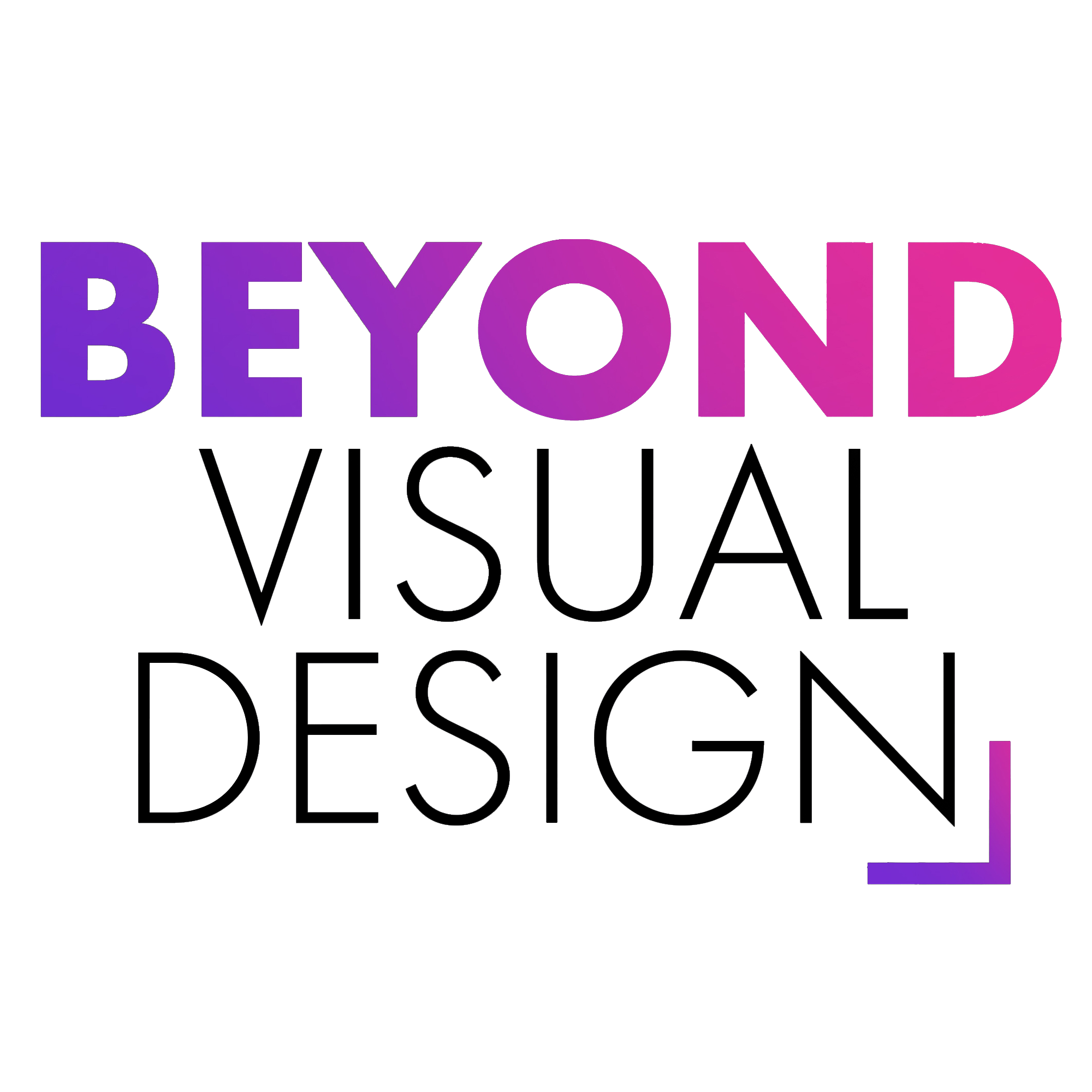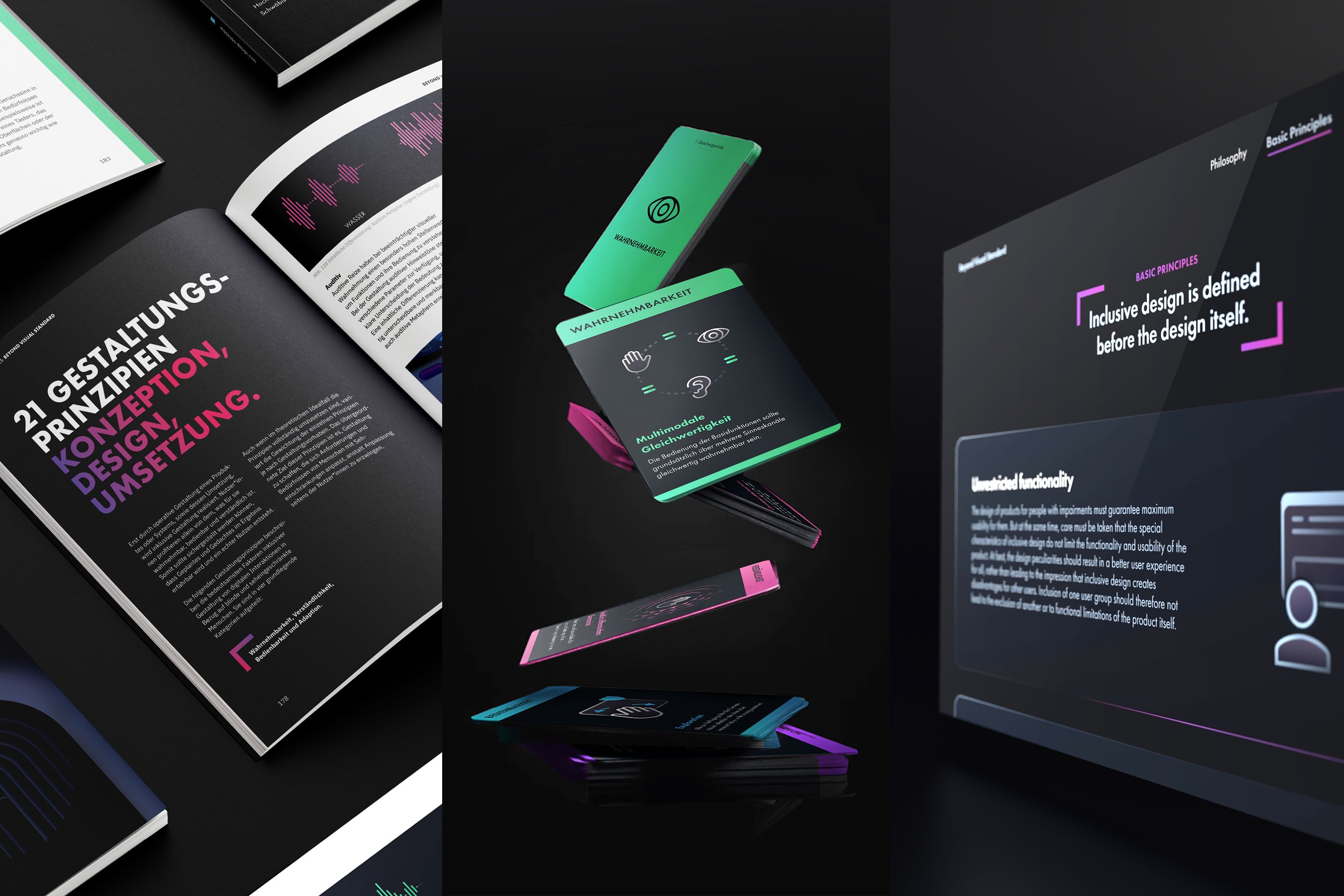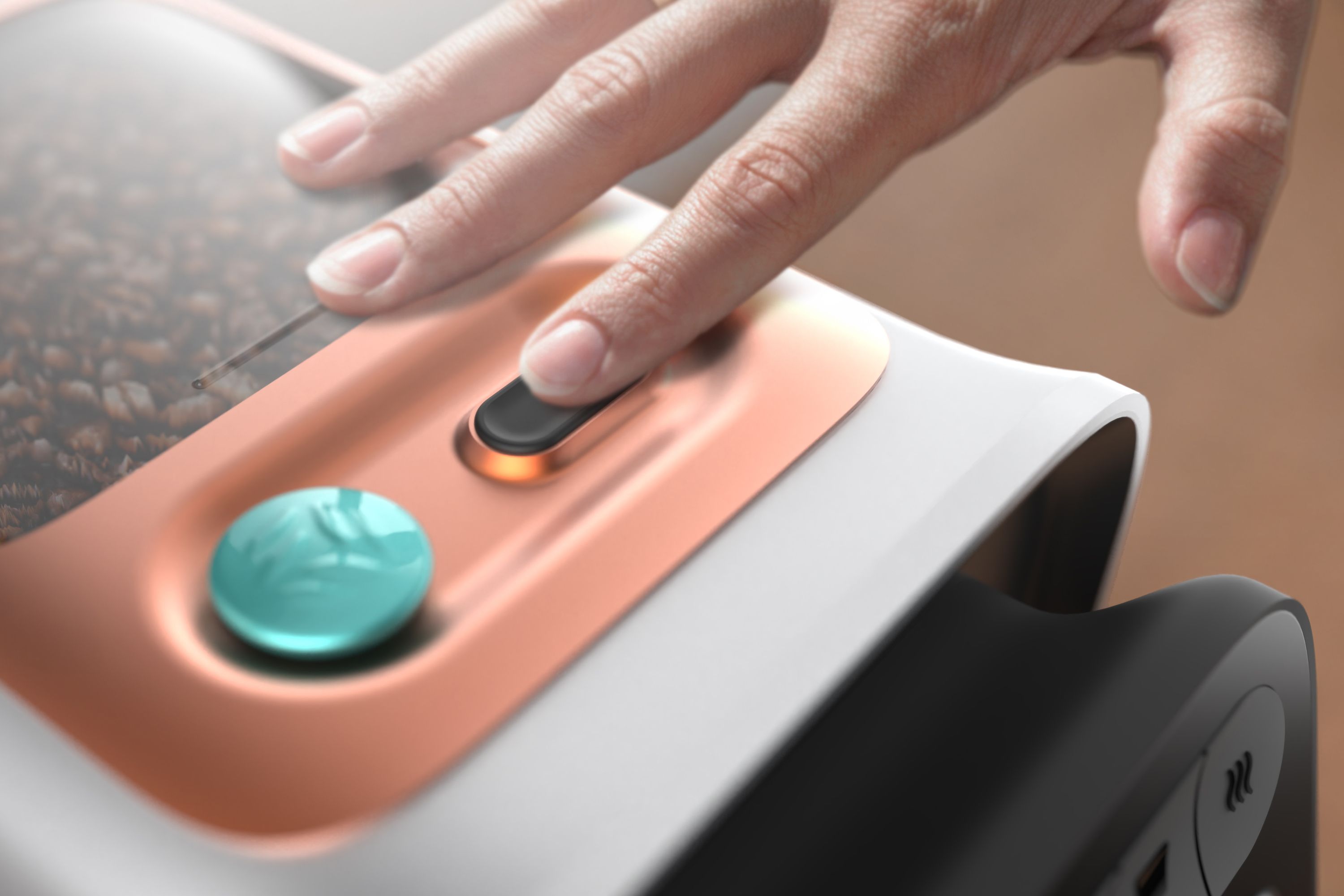
Designers
Felix Cordes, Jeremias Lange
Year
2024
Category
New Talent
Country
Germany
School
Hochschule für Gestaltung Schwäbisch Gmünd
Teacher
Carmen Hartmann-Menzel, Benedikt Groß
»Beyond Visual Design demonstrates an innovative approach to improving usability for all, with a focus on supporting the visually impaired. This master project stands out not only by seamlessly blending digital and physical accessibility, but also by establishing guidelines for accessibility principles. While more user testing is needed to realize the full potential of the project, the achievement is remarkable and the commitment to pioneering inclusive design deserves praise. The project's proactive stance will inspire UX designers to explore more innovative and inclusive designs, underscoring its significant impact on the field.«
Kathrin Eichhorn and Tae-Young Kang
And the Award goes to...

Three questions to the project team
What was the particular challenge of the project from a UX point of view?
The biggest challenge was to break away from previous UX principles and paradigms and rethink digital interaction. We sighted people rely heavily on our sense of sight. People with visual impairments perceive their world in a fundamentally different way. This completely new way of looking at things changes how we work, research and design. Creating a new basis for this and applying it ourselves was one of the biggest and most exciting challenges.
What was your personal highlight in the development process? Was there an aha!-moment, was there a low point?
Working closely with visually impaired people and getting to know the reality of their lives was particularly exciting. One of the biggest 'aha' moments, was the realization that the perception of visually impaired people is predominantly linear. You feel one thing after another and hear linearly. The sense of sight alone enables a simultaneous overview - a paradigm that has a major influence on our work.
In addition, one of the most interesting findings was that inclusion often fails because of the small things. In a residential group for blind people with whom we spent a lot of time, none of the residents were able to operate the microwave, just because the dials had no click stops. Little things with a huge impact.
Where do you see yourself and the project in the next five years?
The project has been developed by us to share the findings and guidelines with all people involved in the development process of digital products. We are currently working on publishing our work in detail. This is planned as a website, a set of methods and a book, and the content will be offered free of charge. In 5 years, the BEYOND VISUAL STANDARD should have positively influenced the first products and digital systems so that we take the right steps towards the inclusion of people with disabilities.


